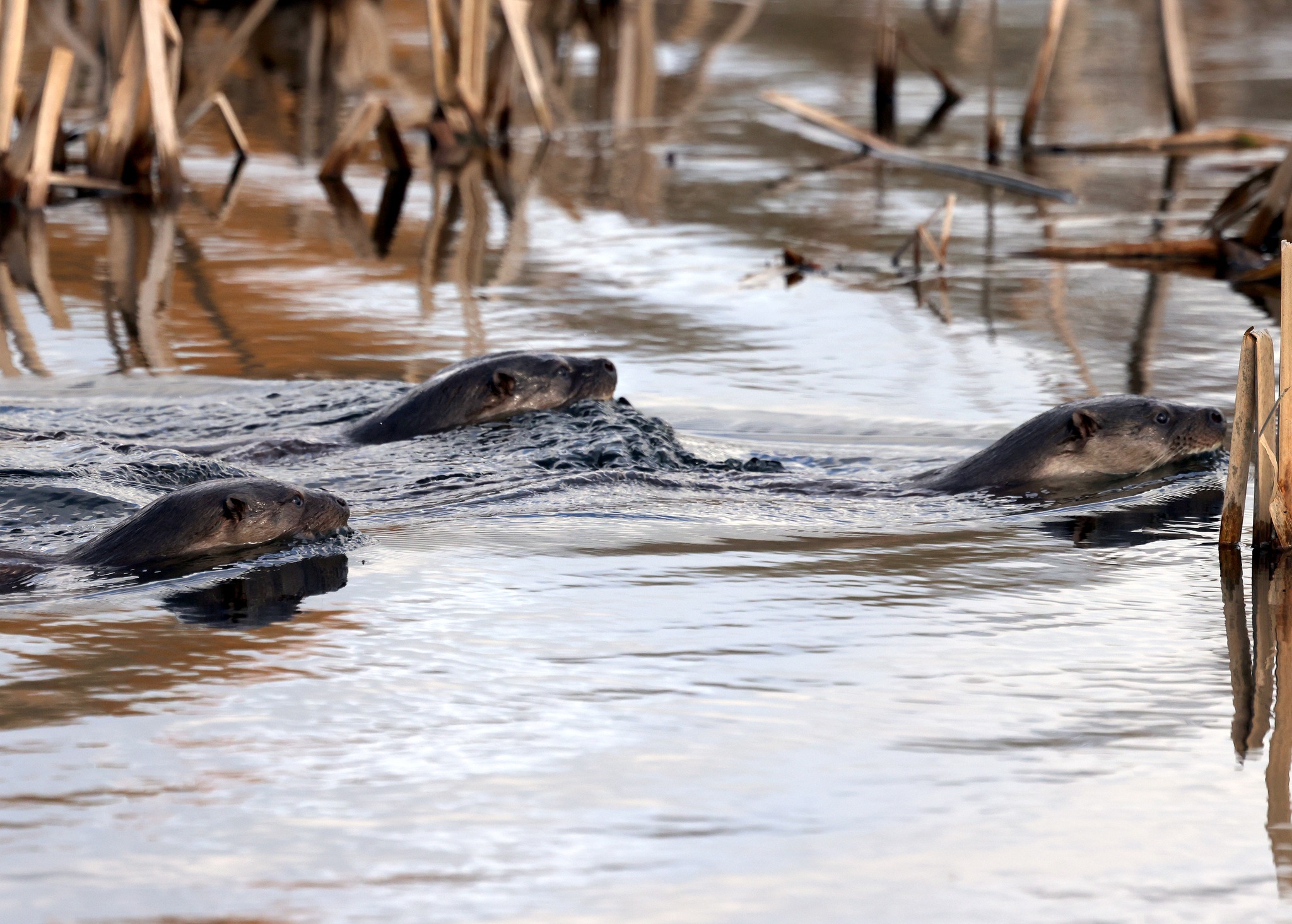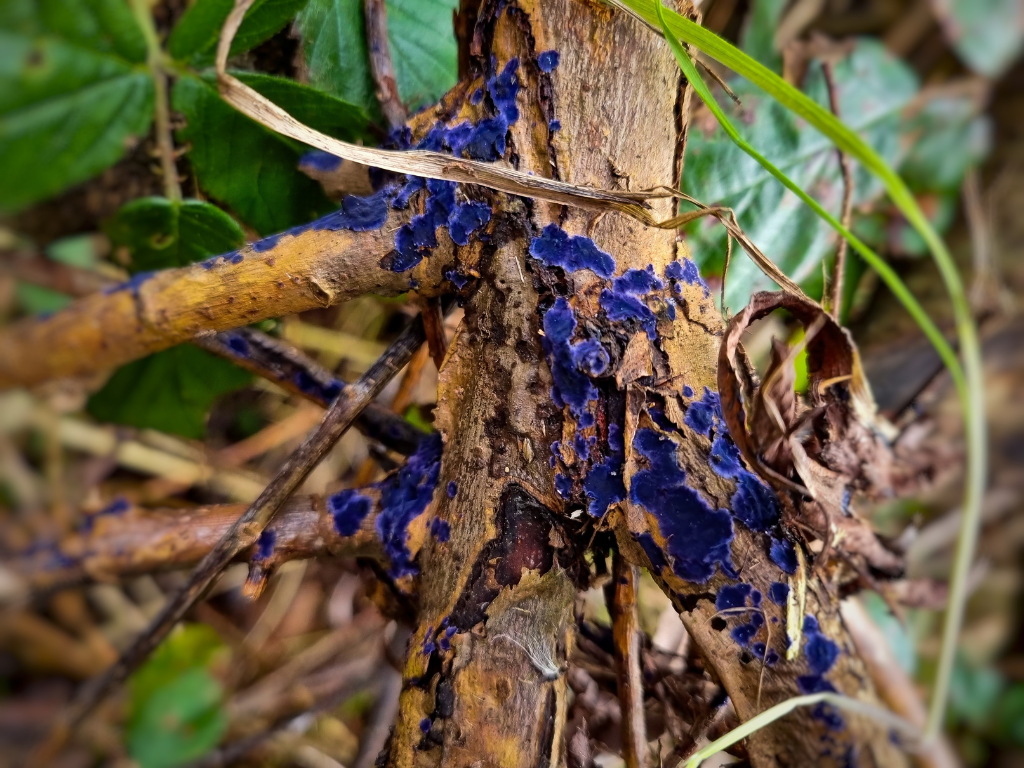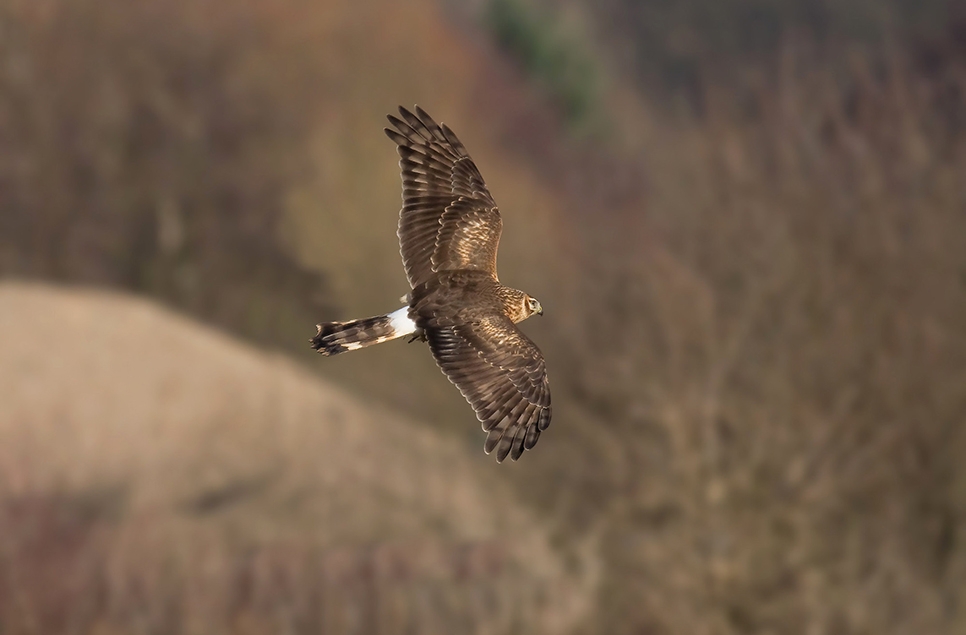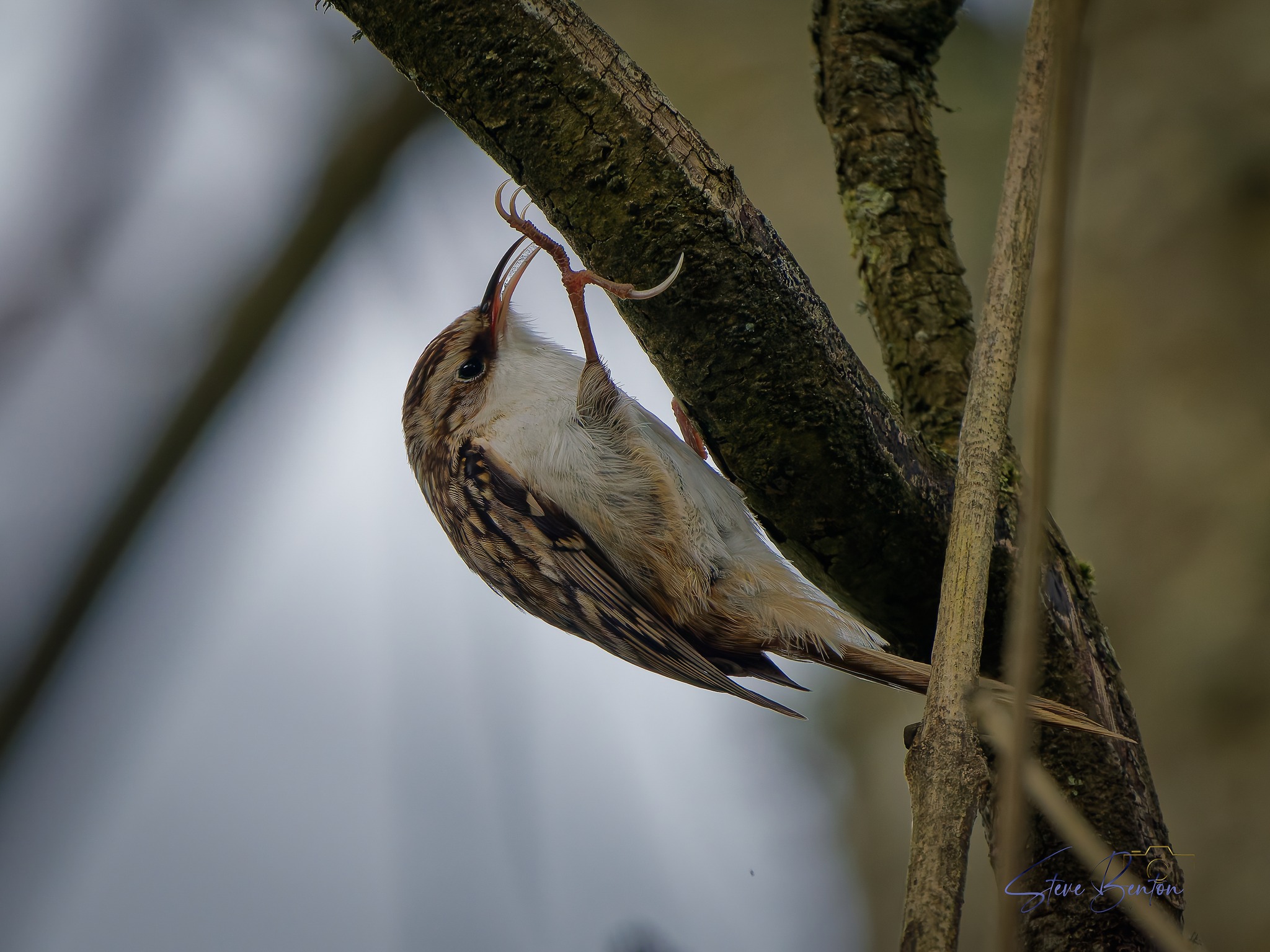Recent Wildlife Sightings 11th - 17th May
Highlights: Cuckoo, Chough, Spotted Flycatcher, Swift
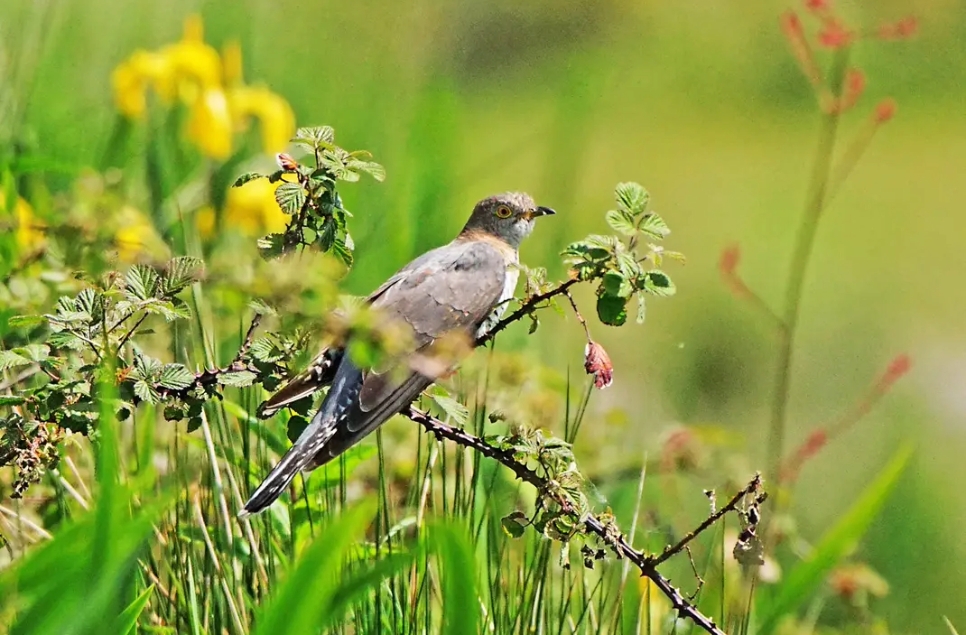
A nice and warm Spring week was broken by ominous looking grey clouds encroaching on the reserve on Thursday, followed by the inevitable downpours to give us all a good soaking. Luckily for us, the interesting wildlife had already paid us a visit, with some sun-loving Dragonfly and characterful birds making appearances.
Highlights: Cuckoo, Chough, Spotted Flycatcher, Swift
As is always the case, two notable sightings happened last week right after we published the last post! The first of these was a report of a Chough feeding along the Millennium Coastal Path between the Millennium Wetlands and the Loughor estuary. Shortly after, the bird was heard making its very distinctive ‘chee-ow’ call as it flew over the centre. This species is mainly found nesting along the cliffs of West Wales at this time of year, but there are some pairs on the Southern edge of the Gower – likely to be where this particular bird had come from.
The second exciting spot was of the first Cuckoo of the year seen on site, right next to Welsh Water Hide. We reported last week that the iconic song of this bird had been heard edging closer to us in recent days, so it was nice to see the bird had finally made it onto our reserve. The featured photo this week shows its slightly menacing looking face with a bold yellow eye-ring. Unfortunately, this was only a brief visit, as the bird hasn’t been seen or heard since.
As we approach Summer, we’re starting to see greater numbers of Damselfly and Dragonfly about. One of the first Dragonfly to emerge recently is the Broad-Bodied Chaser, characterised from other Chaser species by its relatively wide body when viewed from above. Another identifying trait is their partiality to particular perches, so you will often see them fly up to feed and then flitter back down to the same spot they took off from. You're likely to find this species down Northern Loop, particularly around Pond Walk where there are plenty of water-loving insects for these effective predators to consume.
On Wednesday, our volunteer Ian spotted a small, faintly streaked species of bird in Millennium Wetlands – a Spotted Flycatcher. This uncommon visitor to our reserve is rather plain in appearance, but makes up for this with its skilful fly catching abilities. Like the Broad-Bodied Chaser Dragonfly, the Spotted Flycatcher also likes to return to a preferred perch after zipping out to snatch flies from the air.
Several Swift have been swooping around the site this week, mainly spending time with hirundines like Swallow, Sand Martin and House Martin (although these look similar to Swift, they aren’t that closely related) over Freshwater Lagoon, where the insect buffet is clearly better than anywhere else. These aerial acrobats are famous for spending most of their lives ‘on the wing’, only dropping to land when they nest. They will eat, mate, and even sleep while flying! The characteristic ‘scream’ heard from this group of Swift is an indicator that they’re a family that are nesting nearby, so it was an oddly pleasant sound to hear.
Featured Photo Credit: Alun Wood
